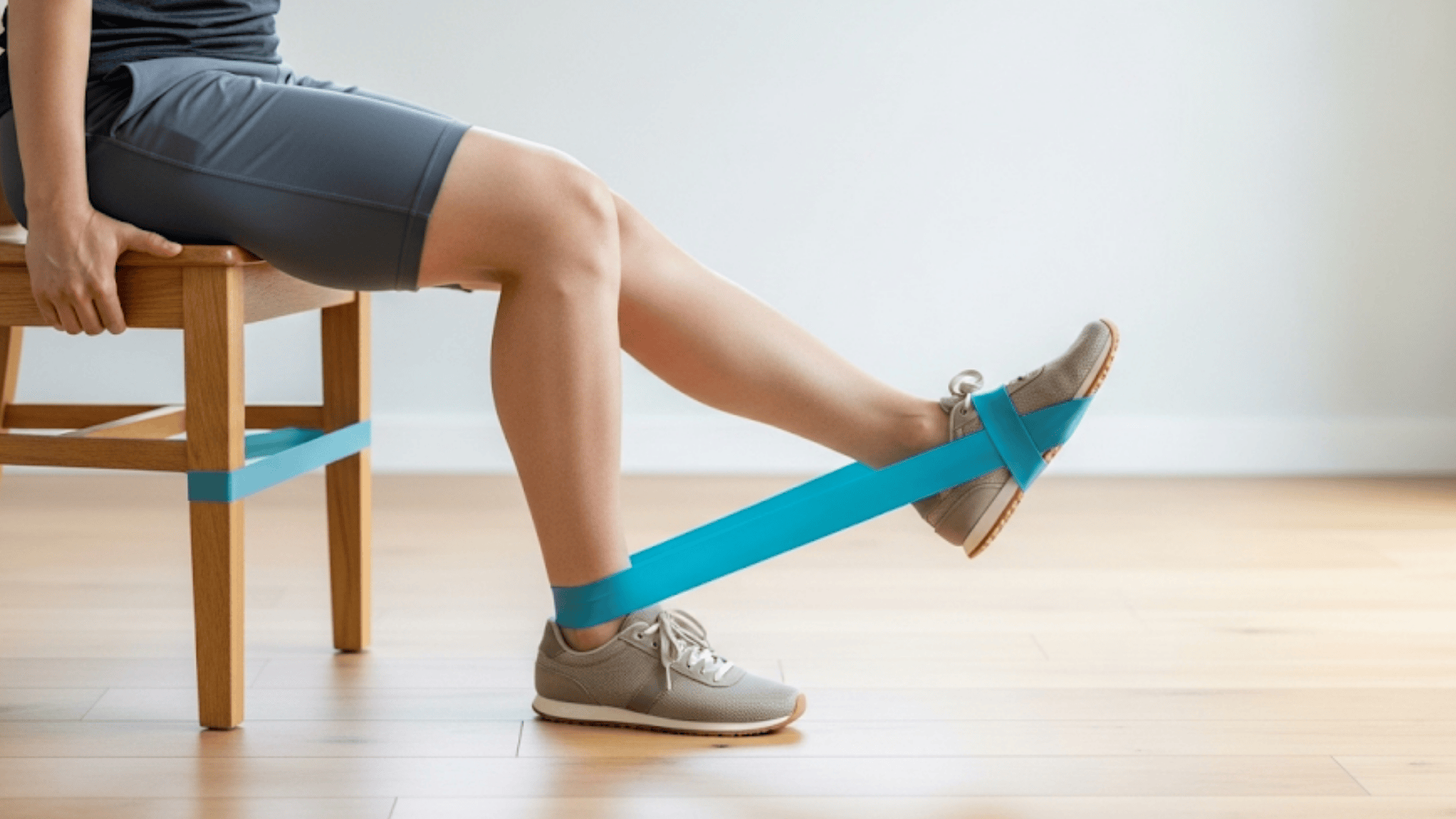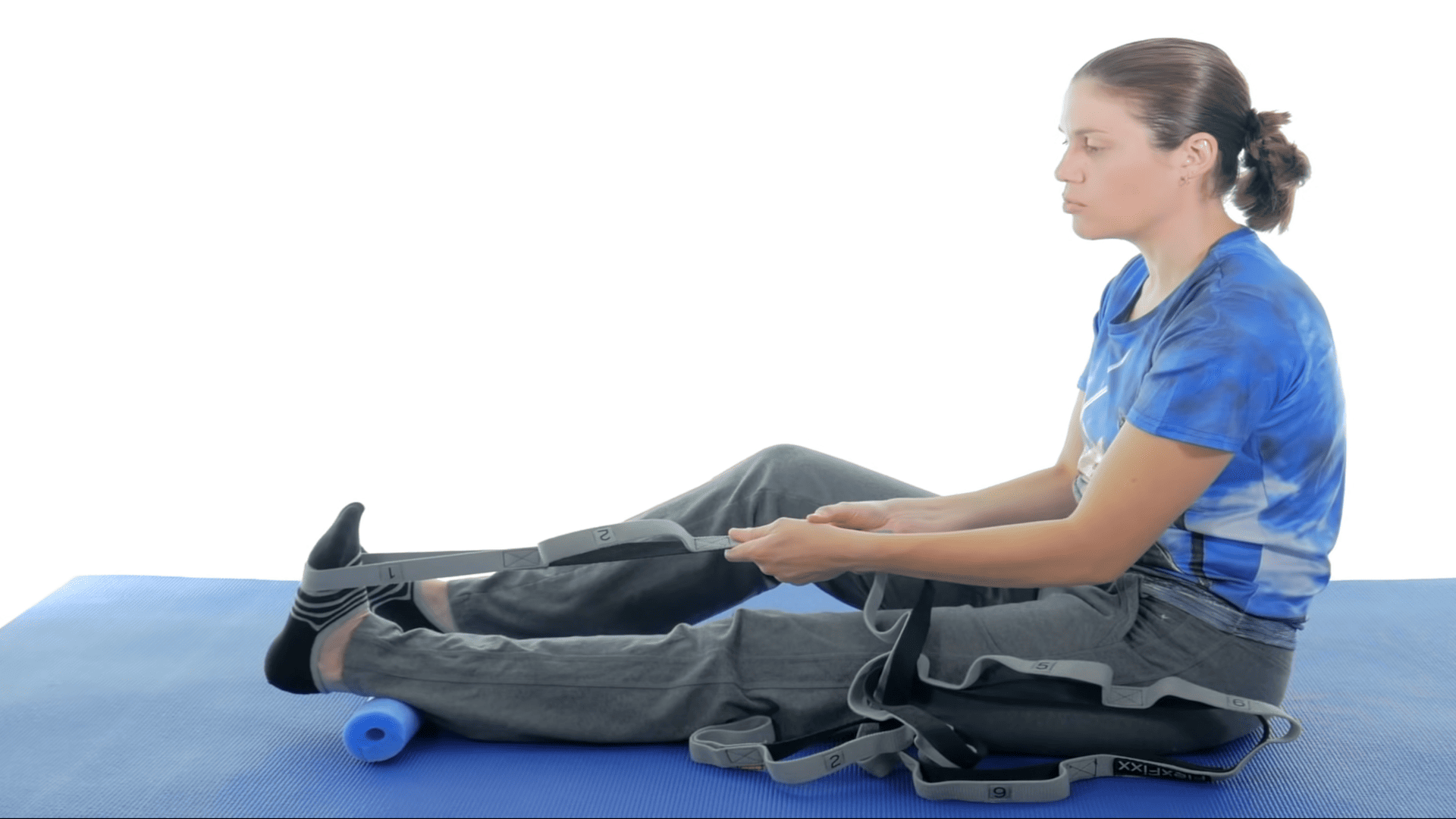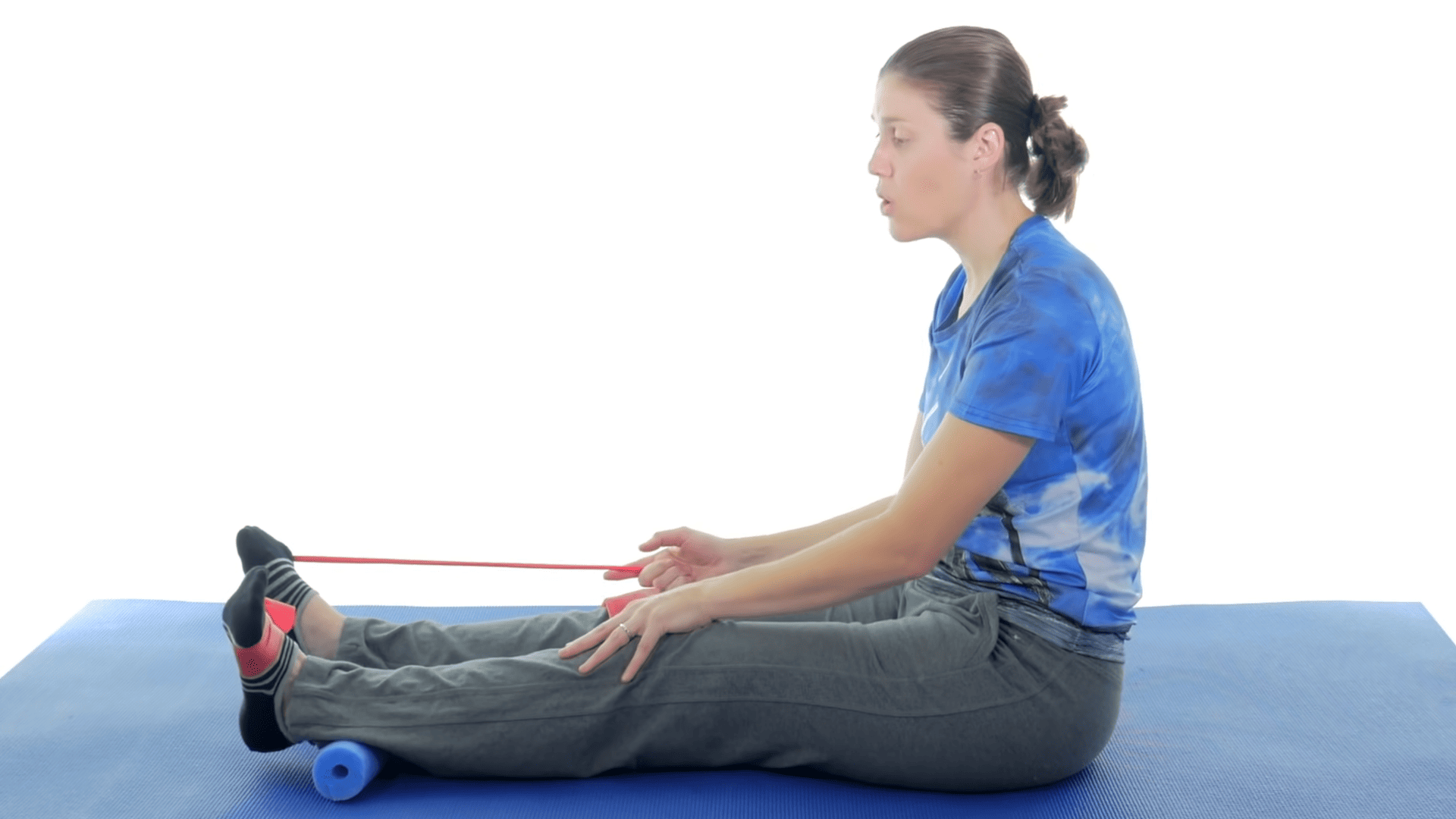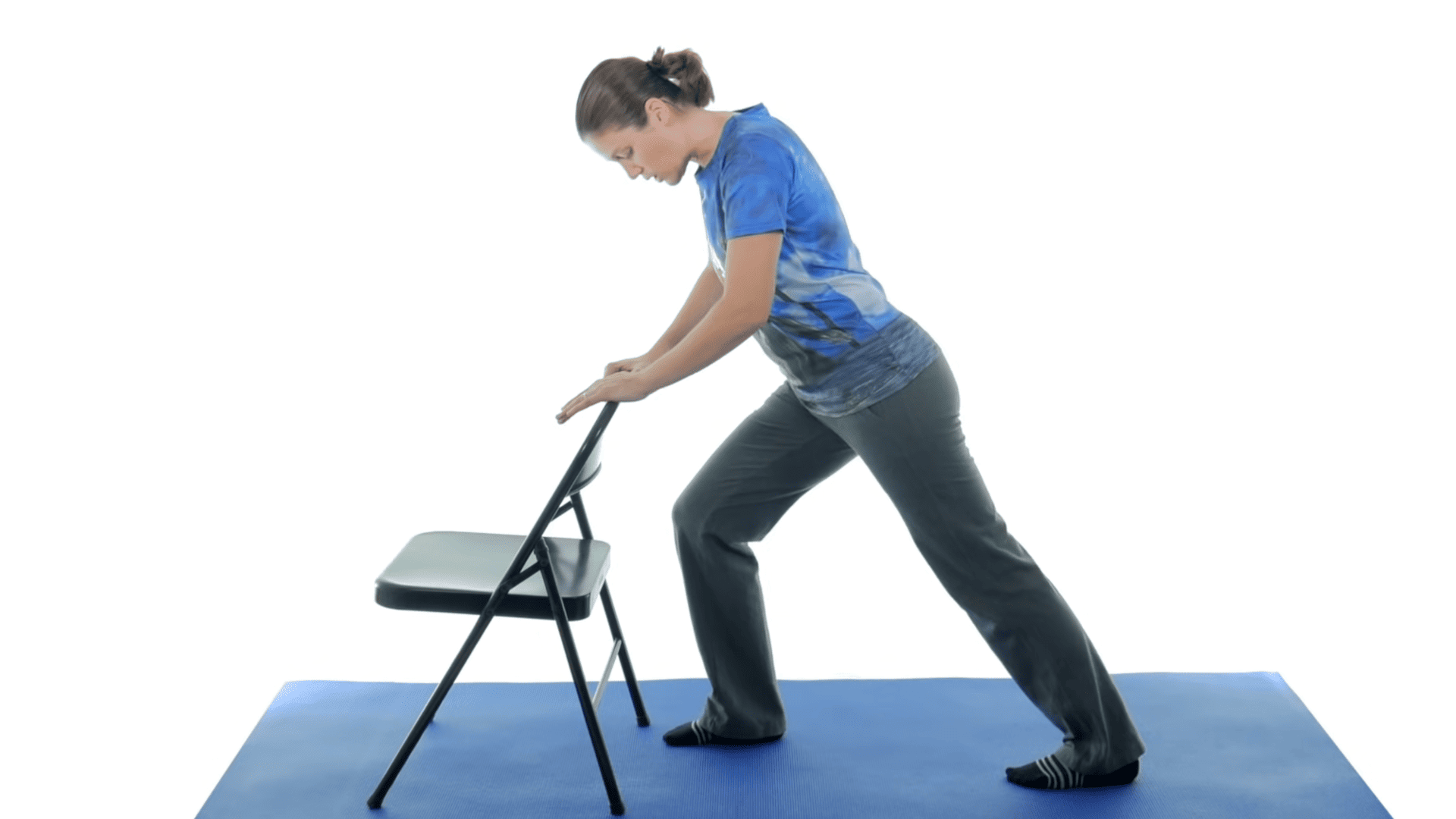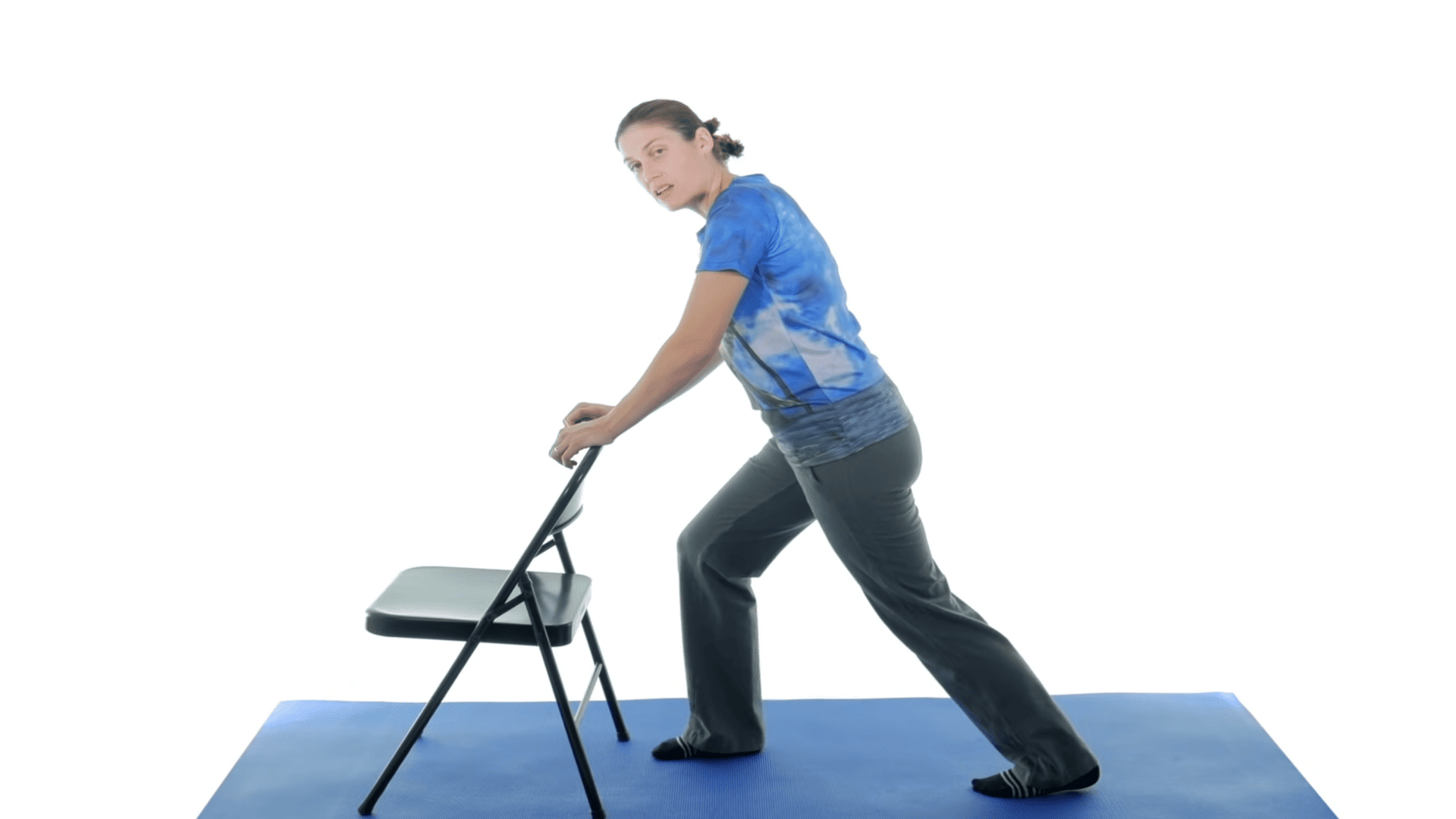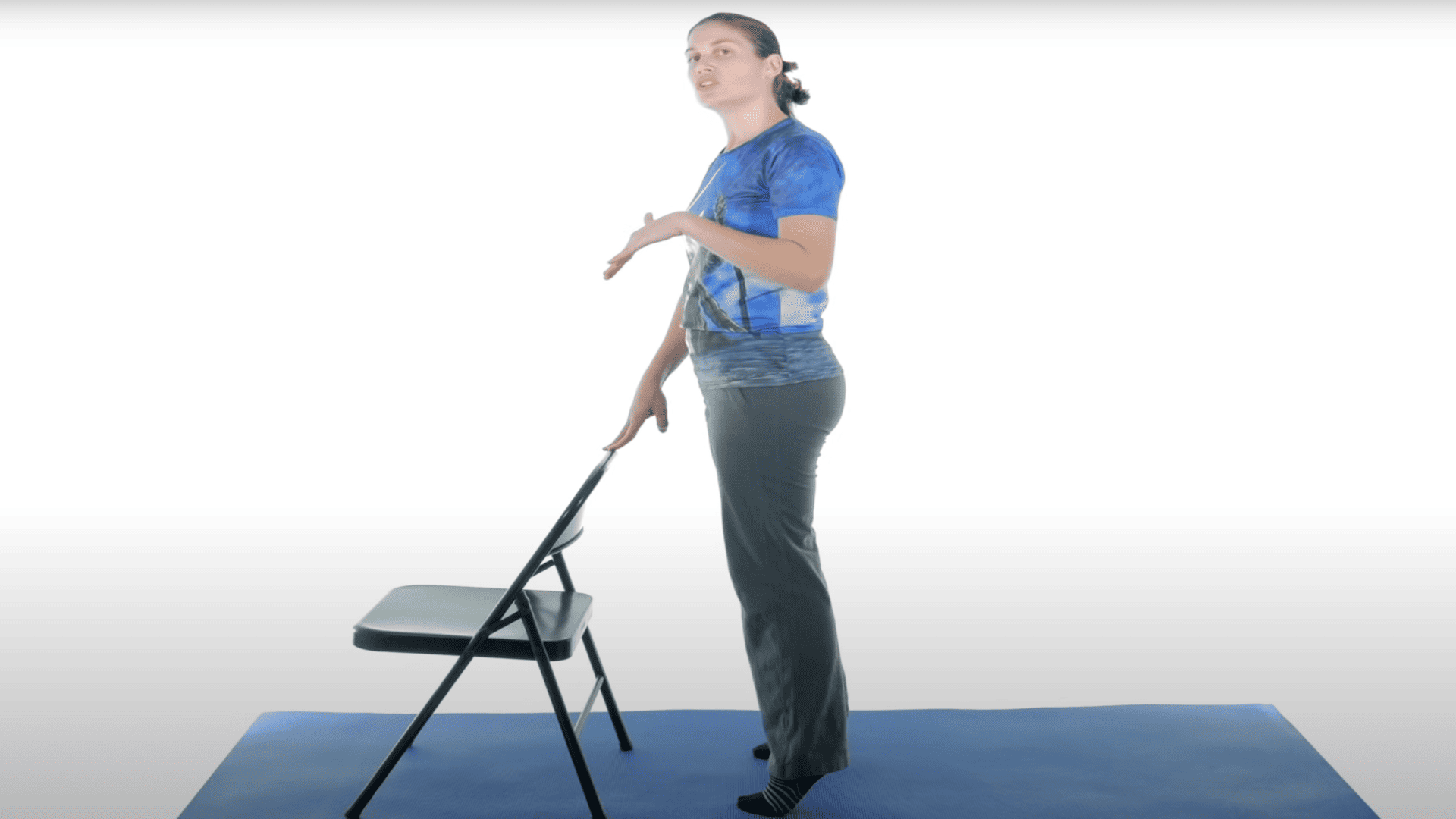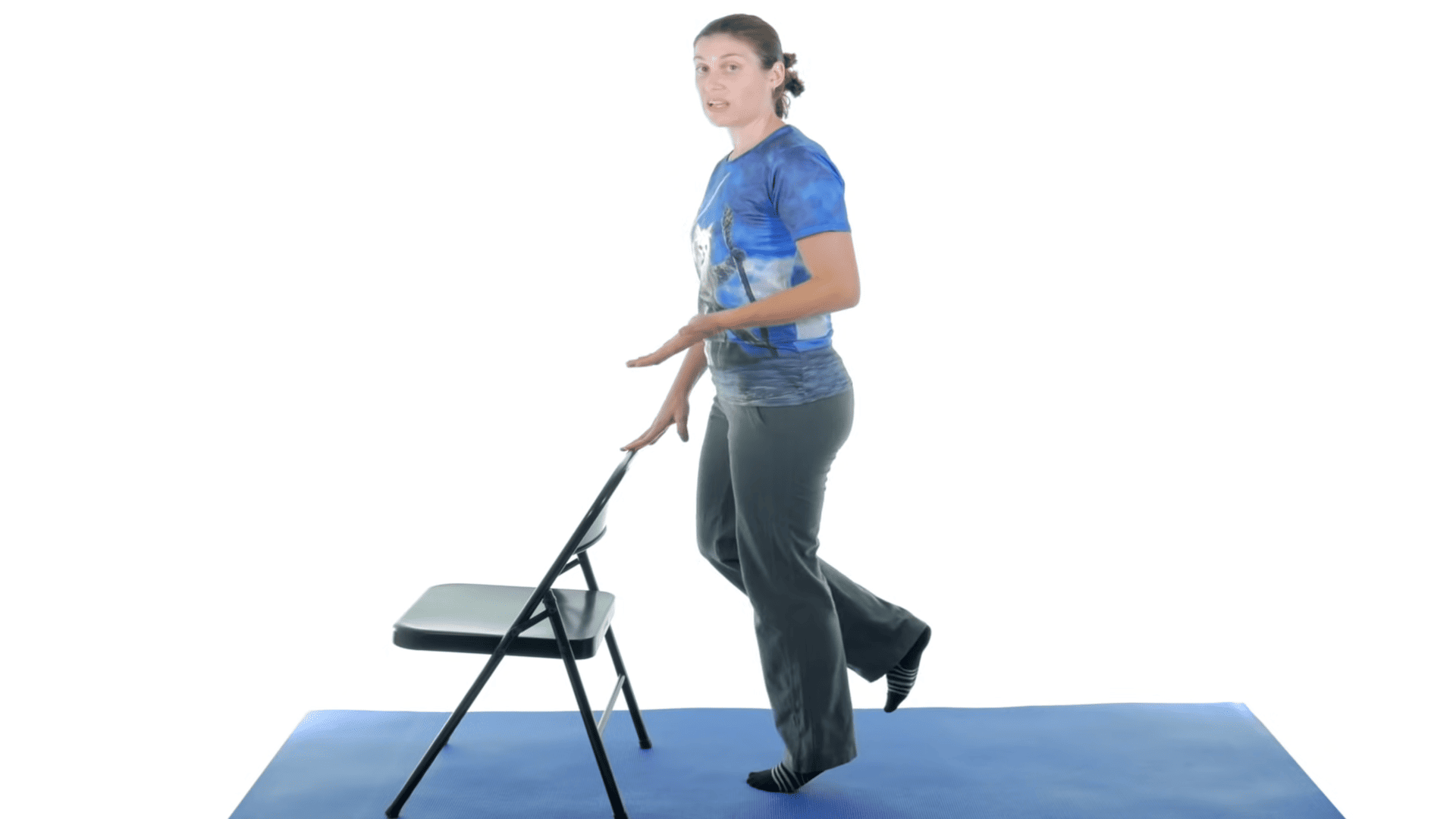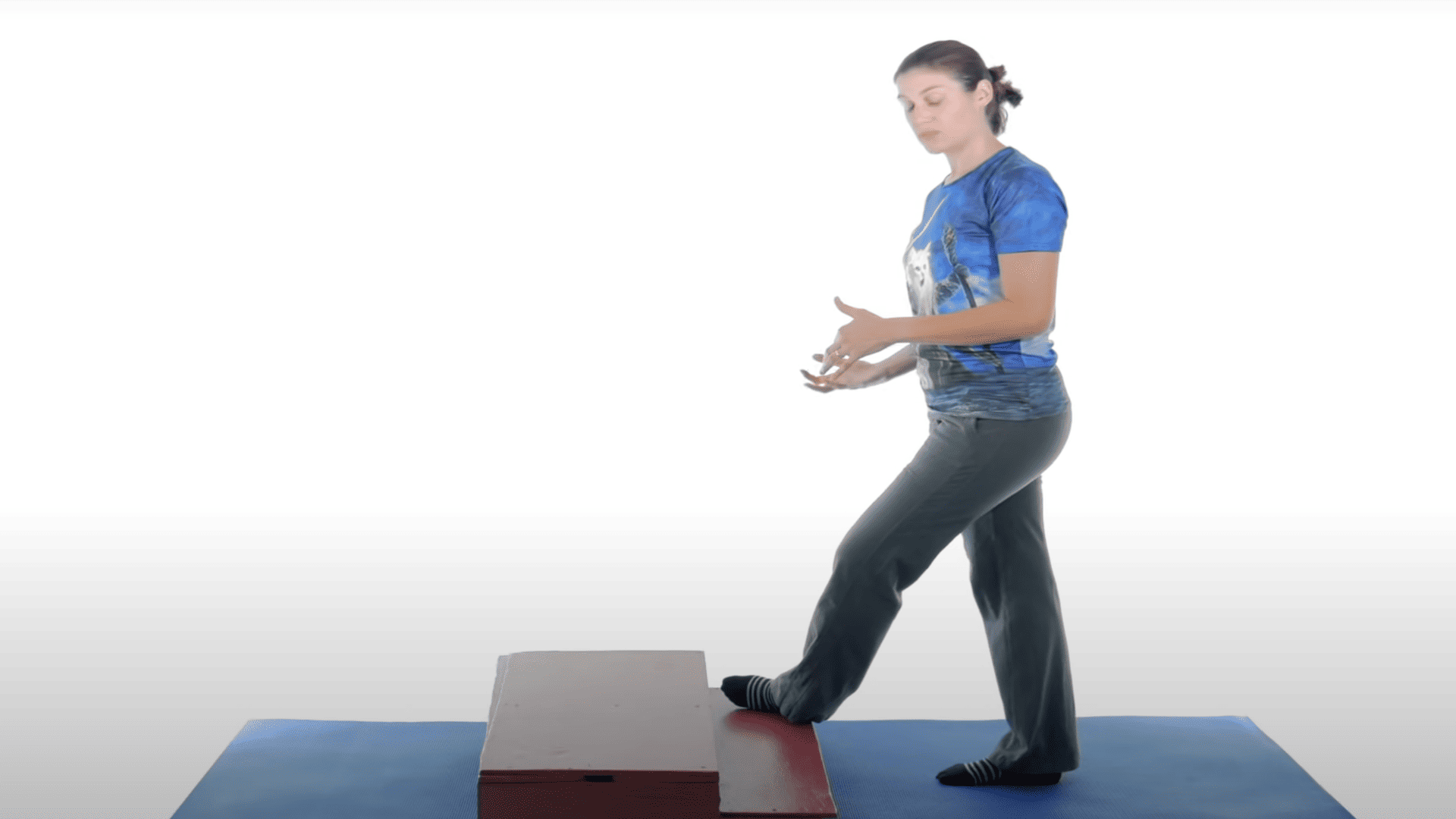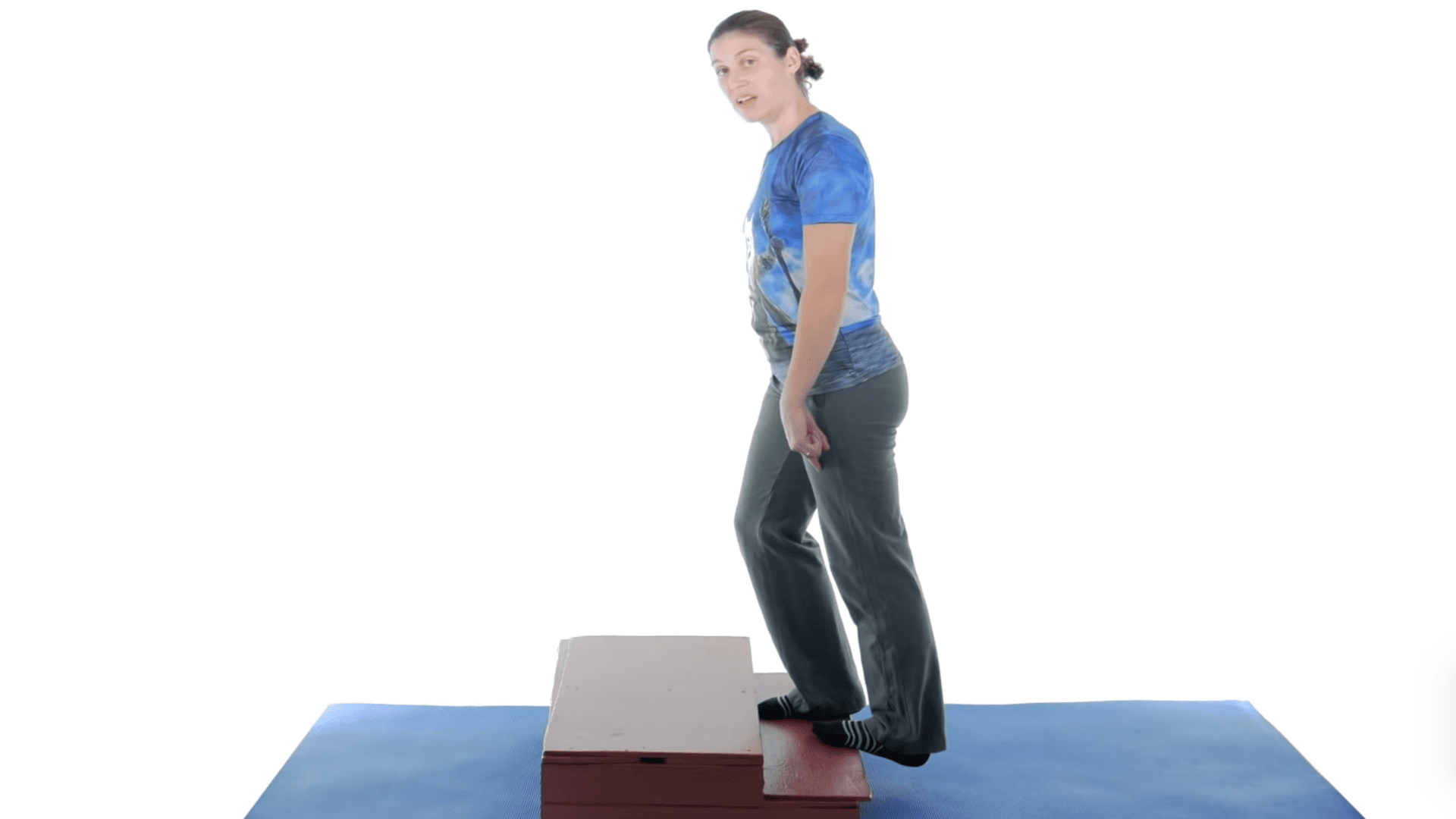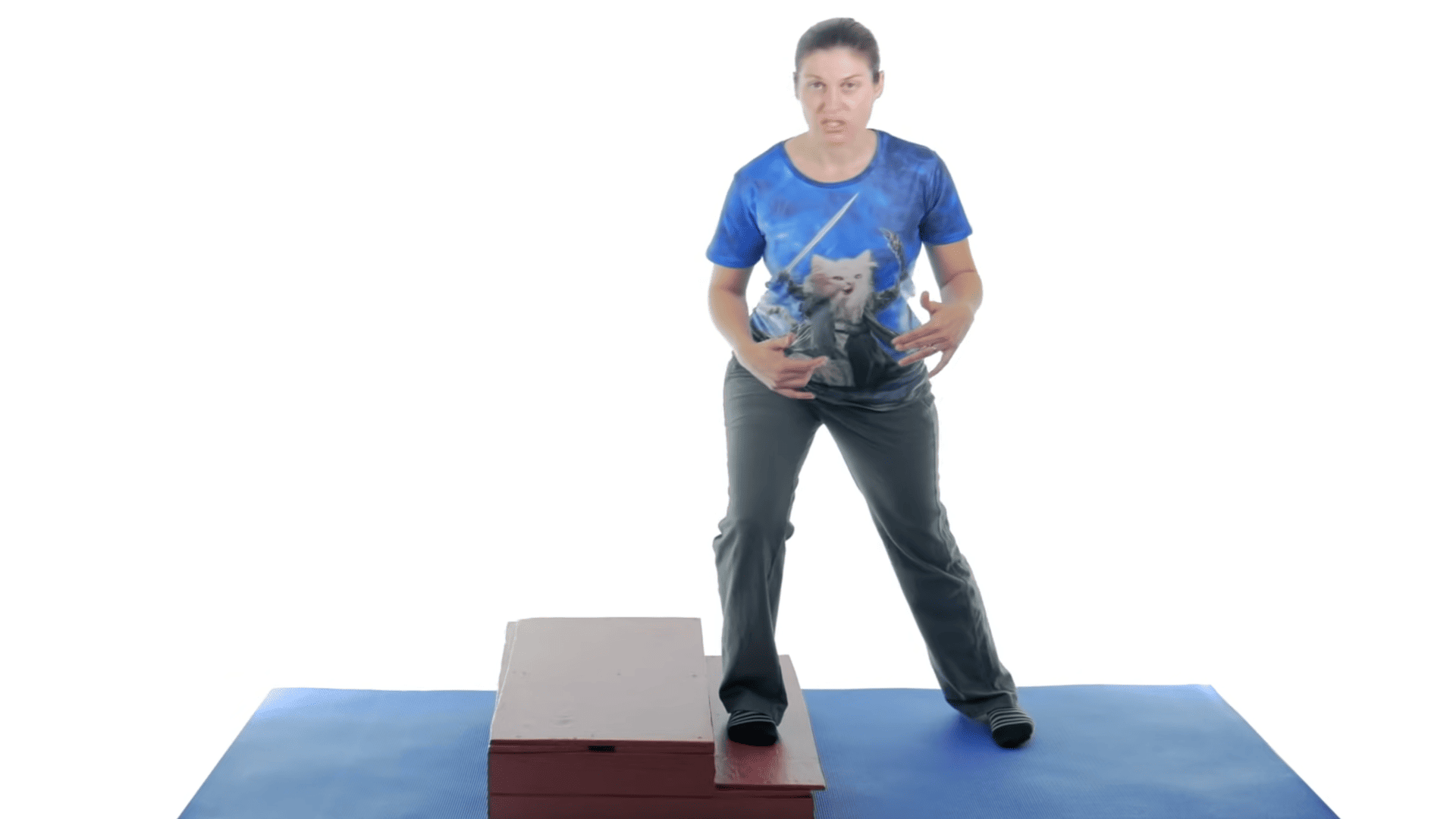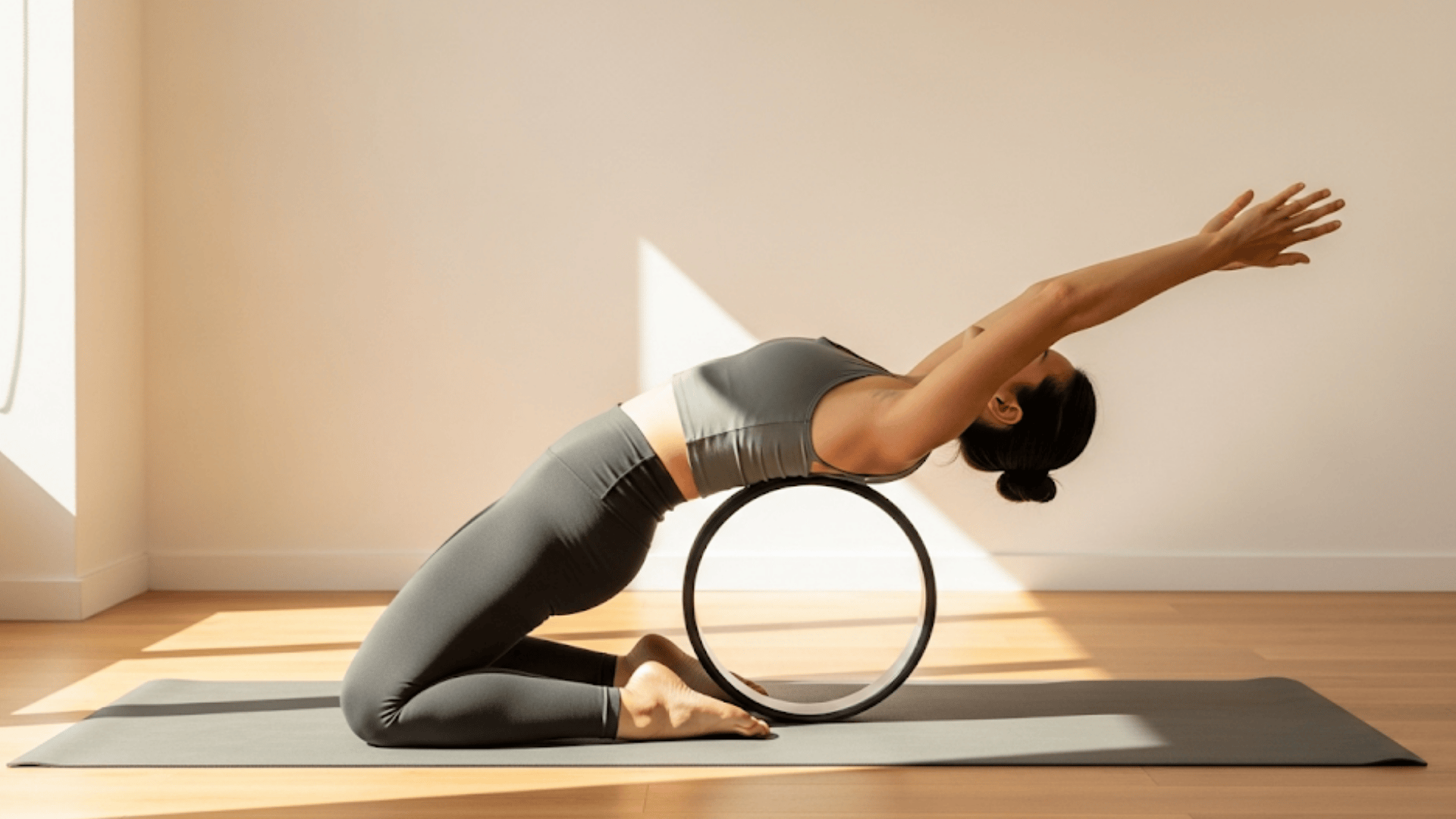Are you experiencing sharp pain on the outside of your ankle that worsens when you walk or run?
This frustrating condition affects thousands of active people every year, turning simple movements into painful challenges.
Peroneal tendonitis strikes runners, basketball players, and even people who simply spend long hours on their feet.
The reassuring news is that peroneal tendonitis responds well to targeted treatment when you take the right steps early.
Unlike some ankle injuries that require surgery or lengthy medical interventions, this condition often improves significantly with consistent, properly performed peroneal tendonitis exercises and smart activity modifications.
Recovery is absolutely possible, and many people return to their favorite activities stronger than before. The key lies in understanding your condition and following a structured approach to healing.
What is Peroneal Tendonitis?
The peroneal tendons are two strong bands of tissue on the outside of your ankle. They connect your peroneal muscles to your foot bones and help with ankle stability.
These tendons face stress during daily activities, especially sports with quick turns.
Several factors can cause peroneal tendonitis. Poor foot mechanics and repetitive stress put extra pressure on these tendons. The condition creates clear symptoms that get worse with activity.
Common causes and symptoms include:
- High arches and previous ankle injuries
- Pain and swelling on the outside of your ankle
- Morning stiffness and snapping sensations
- Worsening pain during sports or running
Early recognition of these signs helps you get proper treatment before the condition gets worse.
Peroneal Tendonitis Exercises
The peroneal tendonitis runs along the outside of your foot. These peroneal tendonitis exercises focus on stretching the calf, Achilles tendon, and soleus muscles around the area.
They also help strengthen the tendon itself. Start with gentle stretches before moving to strengthening exercises.
1. Calf Stretch with Strap
Use a small roll or towel to prop up your heel. Put a stretch strap, belt, or towel around the ball of your foot. Keep your leg relaxed and use the strap to pull your toes toward you. You should feel the stretch in your calf muscle.
Hold for 30 seconds, take a short break, and repeat three times. Ensure you’re not actively moving your foot; let the strap do the work.
Safety Tip: Stop if you feel sharp pain or tingling. The stretch should feel comfortable, not painful.
2. Resistance Band Exercise
Use a resistance band to exercise the outward motion of your foot. Start with the lightest band possible since the tendon may already be irritated. Make a loop with the band around your foot and anchor it around your other foot.
Move only at your ankle – don’t move your whole leg. Turn your foot out and back in slowly. This movement won’t be huge and might feel slightly irritating if you have tendonitis.
Safety Tip: Start with the lightest resistance and stop if pain increases. Some mild discomfort is normal but sharp pain is not.
3. Standing Runner Stretch
Hold onto something sturdy for balance. Put the leg you want to stretch behind you with toes pointed forward and heel down. Lean your front knee forward until you feel a stretch in your back calf.
Hold for 30 seconds and repeat three times. Keep that heel down and toes forward throughout the stretch.
Safety Tip: Keep one hand on the support at all times. If you feel dizzy or lose balance, stop and rest.
4. Soleus Stretch
This targets the muscle underneath your calf. Start like the runner stretch, but bend your back knee as well. This takes the calf out of the stretch and focuses on the soleus.
Keep your heel down, toes forward, and bend both knees while leaning forward. Hold for 30 seconds and repeat three times on each side.
Safety Tip: Move slowly into the stretch and maintain your balance by keeping support nearby. Don’t bounce or force the movement.
5. Heel-Toe Raises
Stand with feet shoulder-width apart and hold onto something sturdy. Come up on your toes slowly, then slowly come back down and pull your toes up. Focus on control rather than speed.
Start by holding on with both hands. Progress to one hand, then one finger, then no support as you get stronger. You can also try single-leg versions once this becomes easy.
Safety Tip: Always have support within reach, even when progressing to no hands. Stop if you feel unsteady or experience ankle pain.
6. Single Leg Balance
The peroneal tendon plays a big role in balance. Start by holding onto something with both hands, then progress to one hand, one finger, then no support.
Your ankle will move around while balancing; this is normal. Once basic balancing becomes easy, add small movements like reaching forward.
Safety Tip: Practice on a flat, non-slip surface with sturdy support nearby. If your ankle hurts rather than just feeling wobbly, you’re not ready yet.
7. Step Stretch for Peroneal Tendon
You can do this on a step or a floor. Using a step gives more height and lets you push down slightly. Roll your foot on the step and push downward to stretch the tendon.
Keep a slight bend in your knee. Hold for 30 seconds, take a break, and repeat three times.
Safety Tip: Use gentle pressure only. If doing this on a step, make sure it’s stable and consider having support nearby.
8. Achilles Tendon Step Stretch
Use a step with railings for safety. Put the ball of your foot on the edge of the step with your other foot completely on the step for balance.
Drop your heel down until you feel a good stretch in your Achilles tendon. Hold for 30 seconds and repeat three times.
Safety Tip: Always hold onto railings or have someone nearby for support. Don’t drop your heel too quickly or force the stretch.
9. Sidestep Ups
Step back and out slightly rather than straight sideways. This prevents your knee from going too far forward over your toes.
Start with 10 repetitions and do both sides. You can gradually increase repetitions as you get stronger.
Safety Tip: Use a stable step and keep one hand on support if needed. Start with a low step and progress in height gradually as you build strength.
Video Tutorial
I’d like to give credit to AskDoctorJofor their informative video, as a reference for this guide.
When to See a Doctor?
Most cases of peroneal tendonitis improve with rest and proper exercises for the condition. However, see a doctor if you have severe pain that prevents you from walking or bearing weight on your foot. Get immediate help if you hear a "pop" followed by severe pain or loss of feeling in your foot. Early treatment works better than waiting.
Peroneal Tendonitis Recovery
Recovery time for peroneal tendonitis varies based on several factors. Understanding what to expect helps you stay patient during the healing process.
Most people with mild peroneal tendonitis see improvement within three to four weeks with consistent peroneal tendonitis exercises and proper rest.
| Recovery Phase | Timeline | Focus | What to Expect |
|---|---|---|---|
| Week 1-2 | Initial Phase | Pain Relief | Rest from painful activities, apply ice, gentle range of motion exercises, and take anti-inflammatory medication if needed |
| Week 3-4 | Early Healing | Gentle Strengthening | Begin light resistance exercises, increase walking distance slowly, continue stretching program, monitor pain levels daily |
| Week 5-8 | Building Phase | Strength and Endurance | Add more challenging exercises, return to sport-specific movements gradually, and focus on proper form and technique |
| Beyond 8 Weeks | Return Phase | Full Activity | Resume all normal activities, continue maintenance exercises, use proper footwear and equipment, and stay aware of early warning signs |
Remember that healing is not always linear, and consistency with your exercise program is key. If pain gets worse or doesn’t improve after four weeks, consult a healthcare provider.
The Bottom Line
Peroneal tendonitis doesn’t have to keep you sidelined from the activities you love.
With the right combination of targeted peroneal tendonitis exercises, proper rest, and patience during recovery, you can effectively manage and overcome this challenging condition.
Remember that consistency matters more than intensity when it comes to healing. Start slowly, listen to your body, and don’t ignore warning signs or push through severe pain.
Your dedication to performing these peroneal tendonitis exercises regularly will pay off as your tendons heal and strengthen.
Take control of your recovery today, and soon you’ll be back to enjoying all the activities that make you feel alive.
Frequently Asked Questions
Is Walking Good for Peroneal Tendonitis?
Walking is okay for mild peroneal tendonitis if it doesn’t increase pain. Start with short distances and stop if symptoms worsen.
Is Heat or Ice Better for Peroneal Tendonitis?
Ice is better for acute peroneal tendonitis to reduce swelling and pain. Apply for fifteen to twenty minutes several times daily.
Is Tendonitis a Form of Arthritis?
No, tendonitis is not arthritis. Tendonitis affects tendons while arthritis affects joints. Both cause pain and swelling, but are different conditions.

